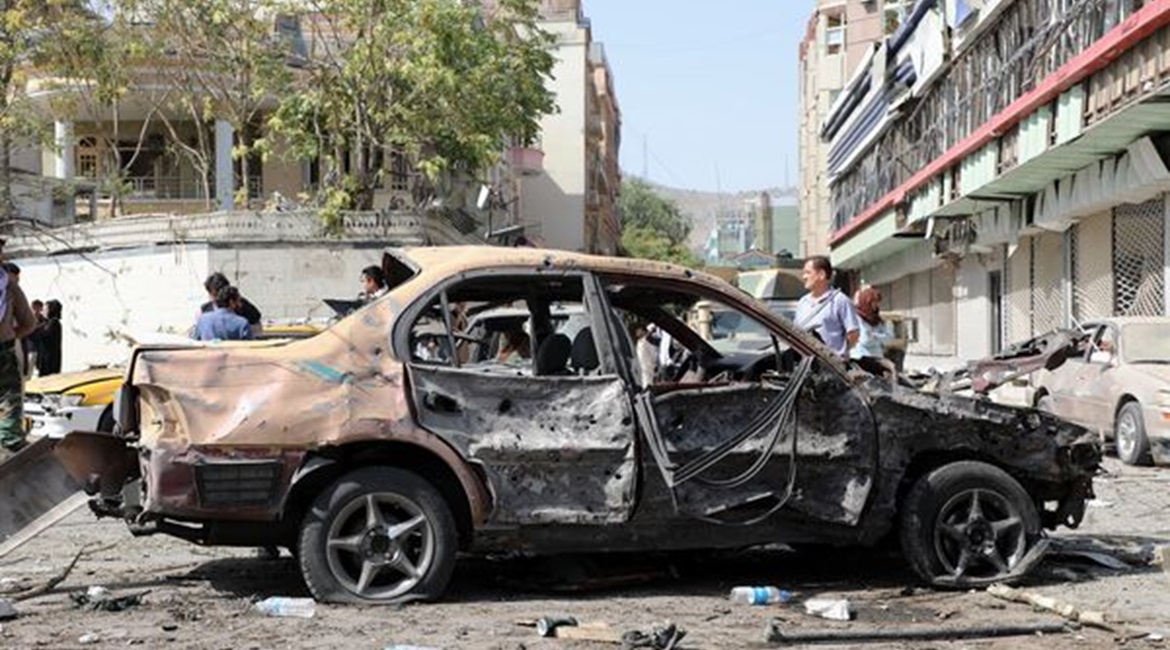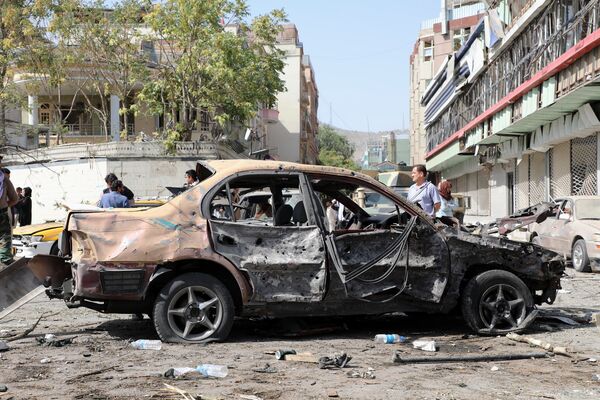
The Taliban continue to make rapid territorial gains in Afghanistan, with the group managing to capture at least parts of six provincial capitals since 6 August in a series of co-ordinated attacks that appear to have overwhelmed the US-backed Afghan National Defense and Security Forces (ANDSF).
The first provincial capital to fall was Zaranj in the southwestern province of Nimruz, with a spokesperson for the provincial police telling the Reuters news agency on 6 August that the Taliban were able to capture the city “because of a lack of reinforcements from the government”.
The second provincial capital reported to have been seized was Sheberghan, in northern Jowzjan (also spelled Jawzjan) Province, which fell on 7 August, followed by the capture of at least parts of three more provincial capitals in northern Afghanistan the following day amid heavy clashes with ANDSF troops.
These include Sar-e-Pul (also spelled Sar-e-Pol) in the eponymous province, Taloqan in Takhar Province, and the strategically important city of Kunduz in the eponymous province.
On 9 August the Taliban also claimed to have taken control of Aibak (also spelled Aybak), the capital of northern Samangan Province, as part of their ongoing offensive.
It is unclear, however, how long the Taliban will be able to hold these provincial centres as the ANDSF has sent in reinforcements and launched clearance operations aimed at retaking the cities, with local media also reporting about US and Afghan air strikes launched against Taliban positions.
Meanwhile, the Afghan Ministry of Defense (MoD) has released reports about intense fighting in other parts of the country, including Balkh, Nangarhar, Khost, Logar, Paktia, Kandahar, Herat, Farah, Helmand, and Panjshir provinces, as well as in the country's capital, Kabul, within a 24-hour period.

Looking to read the full article?
Gain unlimited access to Janes news and more...




